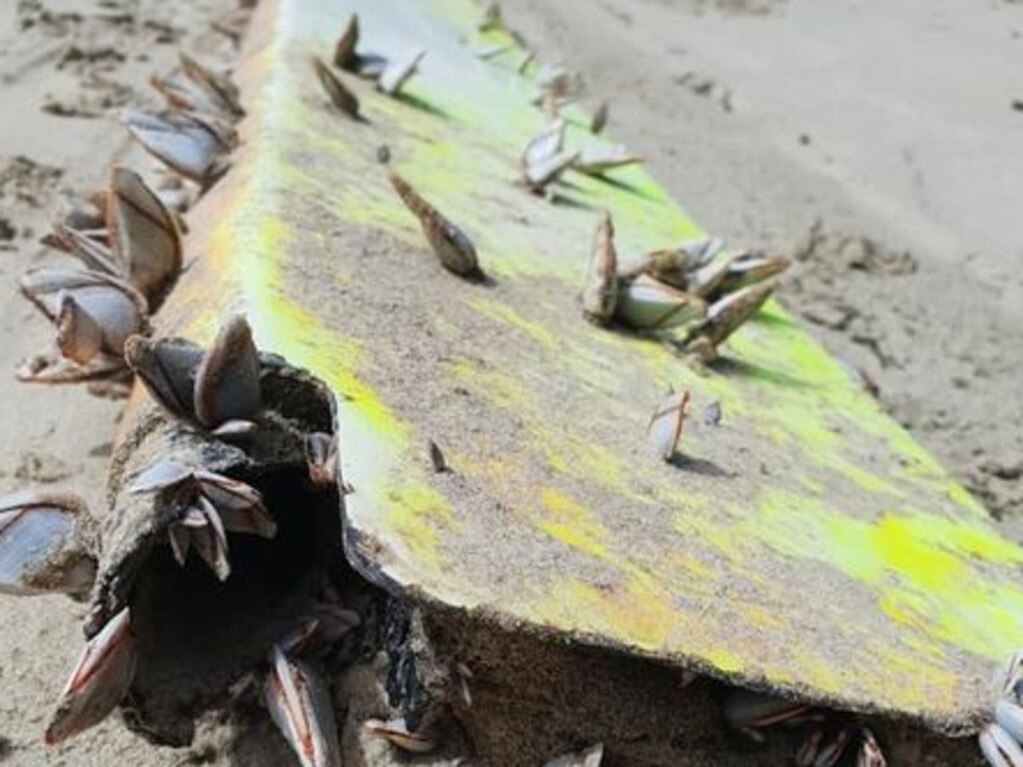New evidence fuels calls to restart search for missing MH370
Head of the search for missing Malaysian Airlines jet calls for new inquiry, as evidence emerges about its possible whereabouts.
The head of the inconclusive search for MH370, the Boeing 777 aircraft that vanished seven years ago today (Monday), has called for a new inquiry based on fresh evidence.
Peter Foley, who led the Australian government’s multimillion-dollar hunt for the Malaysian Airlines jet, told The Times he agreed with new research produced by oceanographers and flight experts suggesting the wreckage might lie at the bottom of the Indian Ocean, 1,200 miles off Australia.
The night flight from Kuala Lumpur to Beijing disappeared on March 8, 2014, with 239 passengers and crew. It had mysteriously reversed course and had flown south until it ran out of fuel.

Two searches failed to find any trace of the aircraft, but 33 pieces of debris - confirmed or classed as highly likely to be from MH370 - have been found in Mauritius, Madagascar, Tanzania and South Africa.
Pressure for a new search came after analysis of the latest piece of wreckage, part of a wing spoiler found in South Africa last August. A report released by an independent group of experts yesterday (Sunday) said damage indicated that it had been torn off the aircraft in an uncontrolled high-speed dive.

The finding counters alternate theories of a ditching by a rogue pilot. Ocean drift analysis and a review of a revised flight path released late last year agreed that MH370 probably went down about 1,900 kilometres west of Cape Leeuwin, Western Australia, in an area notorious for its deep ocean floor canyons and underwater mountains.
Foley, who oversaw the world’s largest high-resolution sonar search for MH370 covering nearly 129,500 square kilometres of ocean floor, said that a new inquiry should inspect the sea floor 70 nautical miles either side of the target area. “Large tracts haven’t been searched fully,” he said.

Blaine Gibson, who has devoted much of his life in recent years to seeking the wreckage, supported a third search. The American lawyer, 63, said that updated modelling by Charitha Pattiaratchi, an oceanographer at the University of Western Australia, made a strong case for another search. Professor Pattiaratchi had predicted where debris would be a year before the first piece was found.
The Malaysian government has said that it would need compelling new evidence before mounting another search.
The Times







To join the conversation, please log in. Don't have an account? Register
Join the conversation, you are commenting as Logout